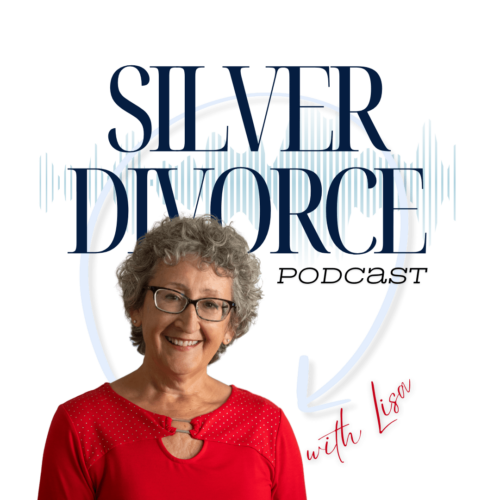The pandemic has done good things for paid sick time. Today, 77 percent of all employees in the private sector get paid time off for short-term illnesses and preventive medical care. That’s a modest four points higher than in 2019 but at least it’s going in the right direction. However, coverage remains low at the bottom of the wage scale where workers are much less likely to have any type of employer benefits. Just 55 percent of workers with earnings in the bottom 25 percent of all workers receive paid sick time, according to a 2022 report by the Economic Policy Institute. Even their coverage has increased – from 47 percent prior to the pandemic – but they’re still trailing far behind everyone else. The overwhelming majority of public-sector workers and the highest-income employees in the private sector already have paid sick time. Some of the lowest coverage rates are…
Originally Published on https://squaredawayblog.bc.edu/

I’m a veteran financial and economics reporter, most recently for The Boston Globe, who has also written for The Economist and other publications. I uncovered scandals during the savings and loan crisis in Texas back in the late 1980s, trekked around the world to cover finance and economics in the 1990s, and ventured into Boston neighborhoods to cover the recent subprime mortgage crisis.
While covering subprime mortgages, I began to see the importance of financial behavior and literacy. Wall Street excesses certainly fueled the crisis, but a poor understanding of complex financial products also played a major role. I interviewed dozens of homeowners in the grip of foreclosure who had agreed to home loans that they did not understand and that their brokers did not or could not explain to them. The consequences for these individuals – and the country – were disastrous.
I use the same dogged reporting skills to cover financial issues of growing importance today, including the personal crisis that concerns millions of baby boomers: Retirement.
















































BabyBoomer.org is an online membership community created by and for the Baby Boomer Generation. Boomers, and those who service and support them, are welcome to join our community accessing all general topics.
Notifications
